Greater Donghua Fashion Week|City Memory·Exhibition of Fashion Timeline in New China Held in DHU
Trace the City Memory in the Change of Clothing
On April 20, City Memory·Exhibition of Fashion Timeline in New China was held at Shanghai Museum of Textile and Costume at the Yan’an Road campus of DHU. Vice President Liu Chunhong, Li Yongzhi and Ni Yangsheng, President of China Textile and Apparel Education Society, attended the opening ceremony.
“City Memory” means a historical record of preservation value during the formation, change and development of a city. The past life scenes and apparel images have left memories of era, traces of fashion and portrayal of life for China’s urban civilization. The exhibition traces the city memory in the change of clothing and depicts the “dressing” story of Chinese people.
Taking Shanghai as the point, coastal cities as the line, inland cities as the radiation, period from the founding of PRC to now as the time axis and the individual growth process as the scene axis, this exhibition presents the clothing life from 30 cities that have been selected by 30 fashion experts. The exhibited 200 works stood out from more than 3000 entries, showing the evolution of Shanghai-style clothing trends in cities for the last 60 years since the founding of PRC.
“During the first 50 years after the founding of PRC, “Made in Shanghai” signifies both quality and fashion,” said Vice President Li Yongzhi, “today, we are accelerating to build a world influential scientific innovation center while Shanghai still intimately correlates to the fashion culture lead.” City Memory·Exhibition of Fashion Timeline in New China is the epitome of the development of Shanghai-style fashion culture, which represents the history in a more kind, natural and comprehensive way through “crowdfunding.”
Fashion of “Plebification” (1949 - 1957)
During the early days of New China, the Party and the Government called on people of all levels to unify to vigorously promote socialist transformation and construction, rendering the China’s city clothing fashion to display a unique landscape with the coexistence of the old and the new, and the Chinese and the western. In this period, the fashion of “Plebification” was mainly manifested in suit, gown, cheongsam and fashionable dress of the Republic of China as well as Lenin coat, one-piece dress with the image of the Soviet socialism. Besides, Mao jacket, school uniform and Lei Feng cap of New China image gradually became the mainstream of city fashion life in the later period.
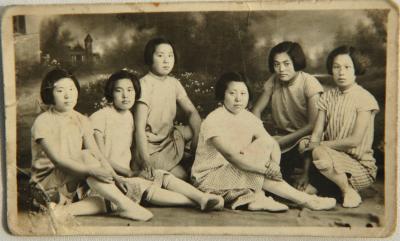
Fashion of “Frugality” (1958 - 1965)
This is a period when the socialist construction was confronted with severe tests such as natural disasters. Frugality, simplicity and transformation of social traditions became the new theme of the era. Chinese tunic suit, reversible jacket, jacket, slip-over dress and Chinese style clothing constitute the new clothing trend. With China’s economic adjustment and improvement of people’s living standard, the trend of “Three Wraps One Point” emerged, i.e. “wrap head, wrap buttock, wrap trouser legs, pointed shoes,” which was characterized as a decadent lifestyle of the bourgeoisie — “bizarre dress.”
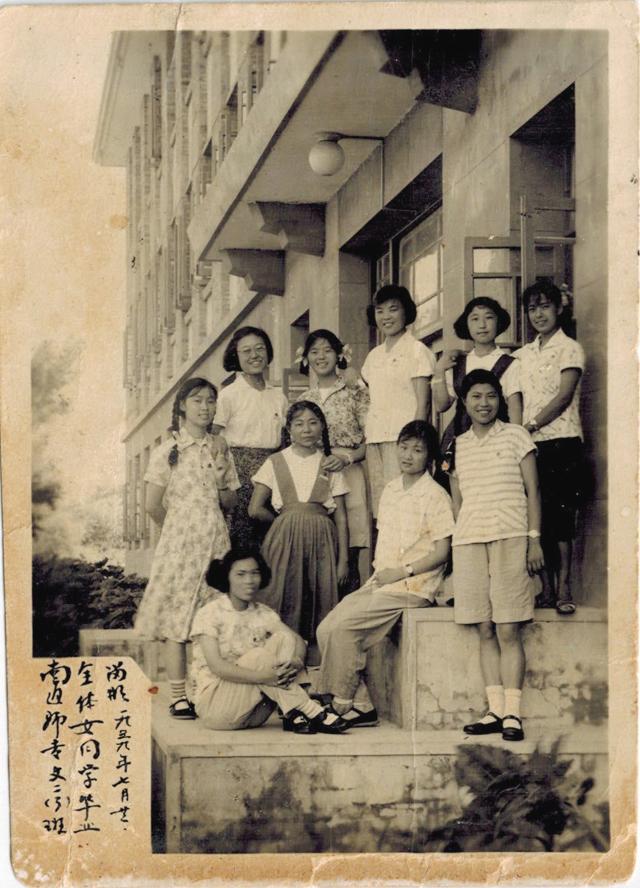
Fashion of “Revolutionization” (1966 - 1978)
During the Cultural Revolution, the campaign to “Destroy the Four Olds” swept across the country, among which the elimination of the clothing of “Feudalism, Capitalism and Revisionism” became the emphasis in the early period. The green military uniform, undress uniform and military coat became the fashion symbol of revolutionary city youth while “open front collared dress” became the representative of “Clothing Revolution” in the later period. In Chinese cities, the revolutionary image of “High, Large, Perfect” constituted the standard of clothing, resulting in the curing and stagnation of the dressing styles of “Old Three Pieces” (Chinese tunic suit, youth dress and undress uniform) and “Old Three Colors” (blue, grey, black). But ladies’ spring and autumn unlined upper garment still became a highlight of fashion during that period.
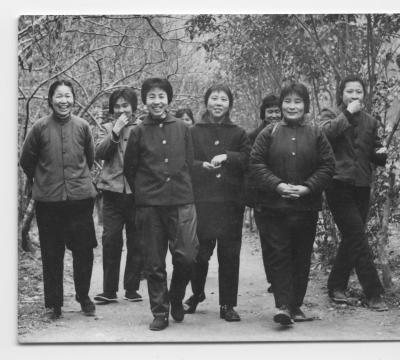
Fashion of “Imitation” (1979 - 1989)
In the beginning of reform and opening up, ideologically “setting wrong things right” and economically “many things waiting to be done” spurred the revival and regression of the clothing life of Chinese cities. Clothing from Hong Kong and Taiwan, China as well as the west was established as the popular vanes promptly through various channels such as film and television, newspapers, fashion events, shows and expos. During this period, man with long hair, goggles, flowery pointed-collared shirt, bell-bottoms and pointed leather shoes and woman with wavy hair, shoulder pads suit, tight shirts, striped sailor shirt, miniskirt, bell-bottoms, fitness pants and high-heeled shoes became the trend. In contrast, Chinese tunic suit withdrew from the fashion stage.
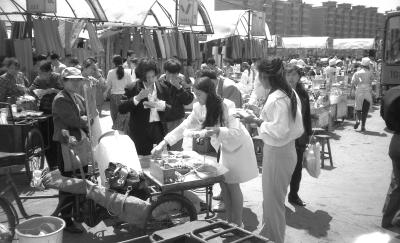
Fashion of “Branding” (1990-1999)
During this period, the Party’s policy centering on economic construction have been deeply embedded in the minds of the masses. The ever-changing China’s urban construction and high-speed economic growth helped create favorable environment and conditions for fashion. Tight-fitting shirt, braces skirt, T-shirt, miniskirt, shorts, one-piece, single- or double-breasted suit and platform shoes were colorful and endless in styles.
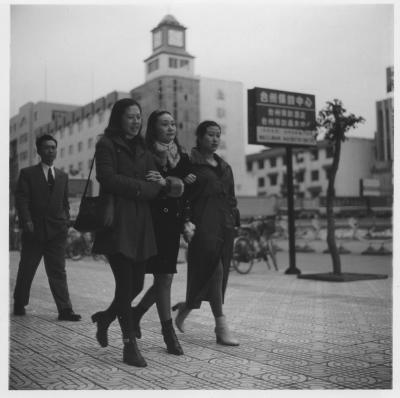
Fashion of “Internationalization” (2000-2010)
With the continuous improvement of people’s income level when city people in the “harmonious society” afforded the commercial housing and cars, people’s living space and clothing level increased unprecedentedly. With various international fashion giants pouring into cities in China, the luxury clothing appealed to Chinese consumers and led the fashion trends. White-collar clothing, casual wear, sportswear and outdoor apparel were fully internationalized. In the later period, cheap clothing and fast-moving consumer apparel led another mainstream of city clothing life.
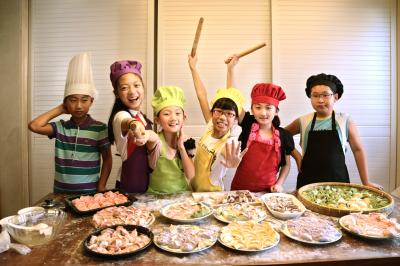
The exhibition is affiliated with both the major project of 2015 Shanghai Promotion of Cultural and Creative Industry Development — construction of “Public Service Platform for Shanghai Fashion Trends (Phase II)” and one of the serial activities of the International Fashion Forum of 2016 Shanghai International Fashion Cultural Festival & Greater Donghua Fashion Week — 2nd Textile and Apparel Research Publishing Forum. According to Jiang Zhiwei, the curator and Director of Donghua University Press, this exhibition lays a solid foundation for the publication of City Memory Series and the building of “Integrative Development-based ‘Silk Road Costume’ Database·‘City Memory’ New China Fashion Gallery,” and plays a positive role in further enhancing “Shanghai Fashion” research, broadening DHU professional publishing channels as well as boosting the construction of Greater Donghua Cluster Area of Fashion and Creative Industries.


